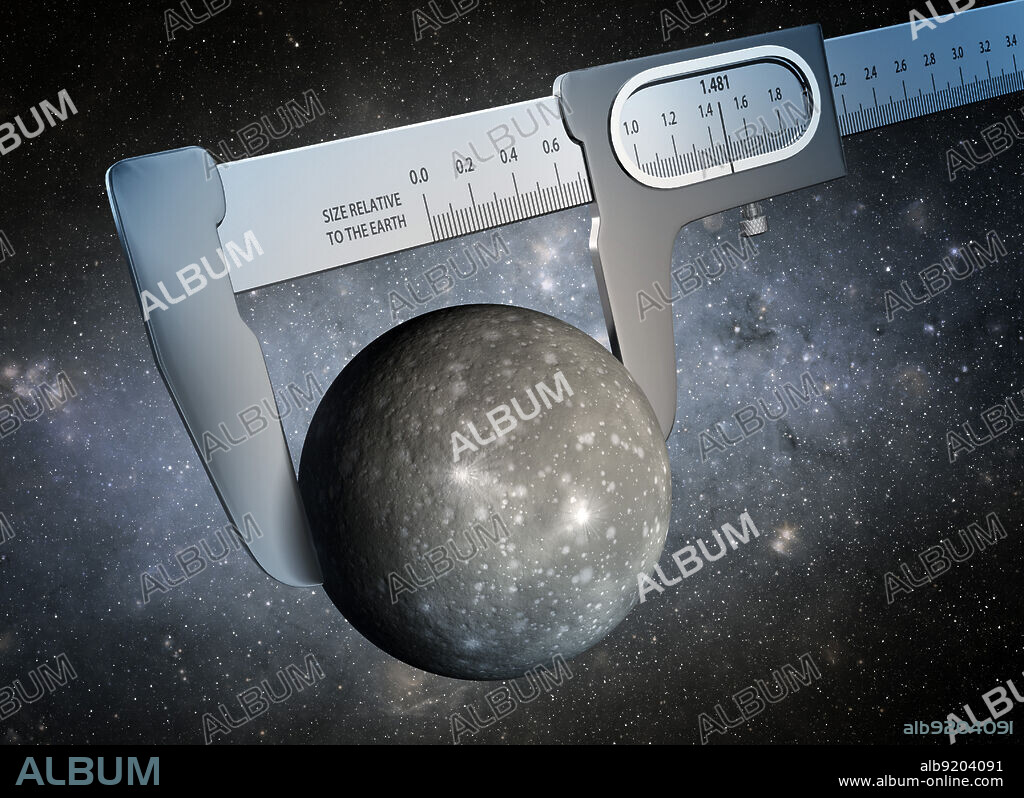alb9204091
Exoplanet Kepler-93b, Size Measurement

|
Zu einem anderen Lightbox hinzufügen |
|
Zu einem anderen Lightbox hinzufügen |



Haben Sie bereits ein Konto? Anmelden
Sie haben kein Konto? Registrieren
Dieses Bild kaufen.
Nutzung auswählen:

Titel:
Exoplanet Kepler-93b, Size Measurement
Untertitel:
Siehe automatische Übersetzung
Using data from NASA's Kepler and Spitzer Space Telescopes, scientists have made the most precise measurement ever of the size of a world outside our solar system, as illustrated in this artist's conception. The diameter of the exoplanet, dubbed Kepler-93b, is now known with an uncertainty of just 1%. According to this new study, the diameter of Kepler-93b is about 11,700 miles, plus or minus 150 miles. Kepler-93b is 1.481 times the width of Earth, the diameter of which is 7,918 miles. The results confirm that the exoplanet is a "super-Earth." Although super-Earths are common in the galaxy, none exist in our solar system. Exoplanets like Kepler-93b are therefore our only laboratories to study this major class of planet. With good limits on super-Earths' sizes as well as their masses, scientists can now start to theorize about what makes up these weird worlds. The Spitzer data for this study was obtained during the "warm mission" phase using its Infrared Array Camera. Release date July 23, 2014.
Bildnachweis:
Album / NASA/JPL-Caltech / Science Source
Freigaben (Releases):
Model: Nein - Eigentum: Nein
Rechtefragen?
Rechtefragen?
Bildgröße:
Nicht verfügbar
Druckgröße:
Nicht verfügbar
Schlüsselwörter:
2010ER JAHRE • 21. JAHRHUNDERT • ASTRONOMIE • GRAFISCH • HANTEL • ILLUSTRATION • ILLUSTRATIONS • KUENSTLER • KÜNSTLER • MAß • MISSION • OBSERVATORIUM • PLANET ALLE • PLANET • PLANETARIUM • STERNWARTE • WELTRAUM • WISSENSCH.: ASTRONOMIE
 Pinterest
Pinterest Twitter
Twitter Facebook
Facebook Link kopieren
Link kopieren Email
Email
